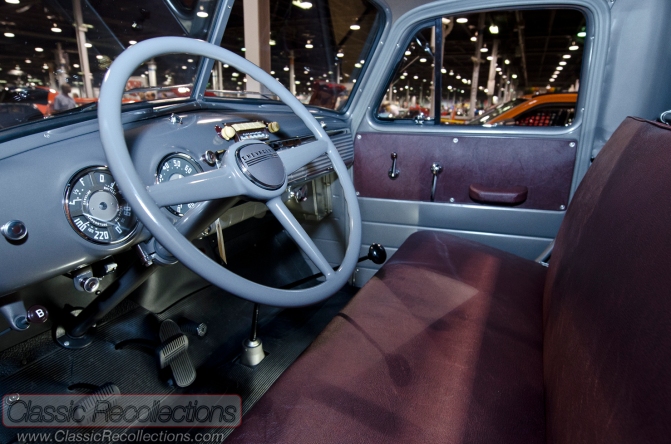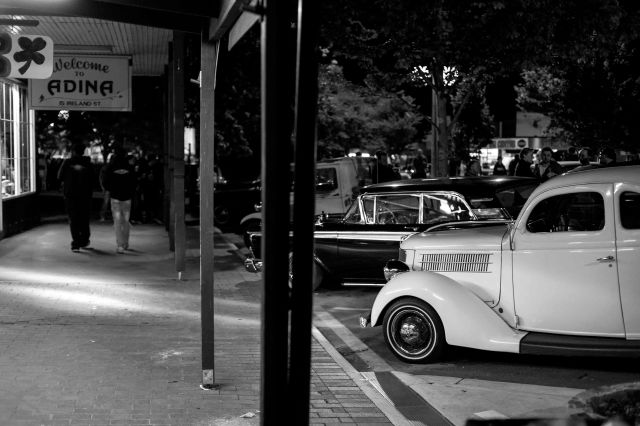Additional update:
According to The Standard Catalog of American Motors 1902-1987, the AMC V8 was introduced on March 5 (1956) in a new model called the Hornet Special. It displaced 250 cu. in. The 2 V8 engines were sold side-by-side until October 25, when the 1957 models were introduced. The 1957 cars, all of which were called "Hornets", came _only_ with the 327 cu. in. AMC V8 (the Hudson and Nash 6 cylinder engines were no longer available). *************** There may also be other replies, but you will not receive any more notifications until you visit the forum again. All the best, AACA Forums
From over on Antique Automobile Club of America.
http://forums.aaca.org/f169/engine-line-up-1956-hudson-part-340657.html#post1104154
Kevin wrote:
Quote Originally Posted by misterc9 View Post
AMC bought V8 engines and automatic transmissions from Packard. They installed them in Nash and Hudson cars in 55 and 56. Their own AMC V8 was ready for 57 so I think they only used their own engines from 57 on.
Kevin

56 Hornet
Thanks Kevin.
Tim










